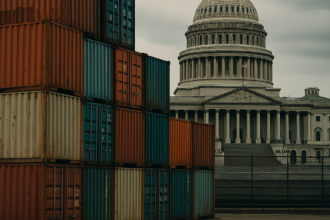The new escalation of trade tensions between the United States and Latin American countries — especially Mexico and Brazil — is not just a dispute between governments. It is a reconfiguration of Latin America’s role in global production chains, and Brazil is at the center of this storm.
1. Opportunity or trap?
With American companies seeking alternatives to China, Brazil has been seen as a potential “safe haven.” However, it lacks infrastructure, regulatory stability and political predictability — factors that still limit the country’s attractiveness compared to competitors such as Mexico or even recovering Asian countries.
2. Risk of retaliation
With tariffs being discussed in strategic sectors such as steel, aluminum and clean energy, Brazil risks retaliation — or it could benefit if it can negotiate more effective bilateral agreements. The challenge is to maintain diplomatic neutrality without appearing to be negligent.
3. What is the role of Mercosur?
The South American bloc can be both an anchor and a lever. If it is seen as a bureaucratic barrier, Brazil is likely to miss out on opportunities. However, if it can modernize its rules and sign multilateral agreements quickly, it can stand out.
4. Possible paths for Brazil:
- Invest heavily in logistics and energy infrastructure;
- Strengthen its foreign policy with commercial pragmatism;
- Take advantage of the nearshoring movement with a focus on sustainability and innovation.
Brazil has the potential to be a protagonist, but it needs to act strategically and urgently. The trade war could be the push needed to change course — or another chapter of wasted opportunities.





